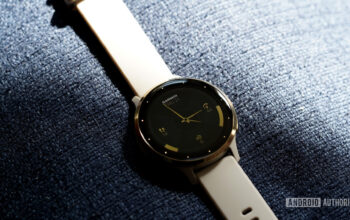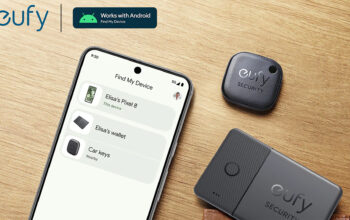Clamshell foldable phones have been around for just under five years now, and these pocket-friendly devices have typically retailed for ~$1,000. But brands like Motorola and TECNO joined the party last year with devices for under $800.
Fast-forward to MWC 2024, and there’s no shortage of affordable foldable flip phones on the show floor. Most consumers haven’t heard of these brands, though. Sure, there’s Nubia and its €599 Nubia Flip 5G. But we also have devices from ultra-niche brands, such as the BlackView Hero 10 and Doogee Flip X. Even the company behind Energizer-branded phones has revealed the Ultimate U660S foldable for a claimed price of €500.
It’s all well and good to see these cheap foldable phones on display. But how are manufacturers getting to these price points? And more importantly, should you actually buy these devices?
How are these foldables so cheap?

Adamya Sharma / Android Authority
All of these foldables tout launch prices of €600 or lower, making for a huge drop compared to the biggest names in the clamshell space, such as Samsung’s $1,000 Galaxy Z Flip 5. But much like conventional mid-range phones make sacrifices to reach a lower price point, mid-range foldables have to cut corners too.
For one, these cheap foldable phones lack high-end chipsets. The most capable device of the lot seems to be the Nubia Flip 5G, owing to its capable but still mid-tier Snapdragon 7 Gen 1 SoC.
The BlackView Hero 10 and Energizer Ultimate U660S, on the other hand, both feature a Helio G99 chipset that’s effectively a mid-range chip from 2020. That means no 5G, an older Wi-Fi standard (Wi-Fi 5), no 4K video recording, and no AV1 decoding for more efficient video streaming.
From design to processing power and more, these cheap foldable phones make a lot of sacrifices.
These new foldable phones also bring a compromised camera experience on paper. Even if we expect a solid main camera, all of these phones bring poor secondary cameras. That Nubia phone brings the dreaded 2MP macro lens — an utterly useless addition. Meanwhile, the other cheap foldables offer 8MP or even 5MP ultrawide cameras, and that’s it.
More affordable phones typically offer less impressive IP ratings, and mid-range foldables don’t seem to be an exception. Most of the foldables we saw at MWC haven’t revealed their IP ratings, which isn’t a good sign. However, the Nubia Flip 5G is a largely rebranded ZTE Libero Flip, and that phone offers an IP42 rating. That means it should survive some water droplets (e.g. a drizzle) but nothing more. By comparison, top-of-the-line models offer an IPX8 rating.
It’s not uncommon for cheaper smartphones to have more questionable build quality, which is also something to watch out for on these more affordable foldables. Our own C Scott Brown criticized the Nubia Flip’s “flimsy” design in his hands-on video (see above). But I can also vouch for devices like the TECNO Phantom V Flip having a “loose” design, for lack of a better term.
The one encouraging sign is that some of these phones offer larger batteries than the Galaxy Z Flip series. That BlackView phone packs a 4,000mAh battery, while the Nubia Flip 5G offers a 4,310mAh battery. However, Energizer and Doogee’s phones bring 3,400mAh and 3,800mAh batteries, respectively. Oof. The irony of an Energizer-branded foldable with a tiny battery.
Foldable-specific compromises
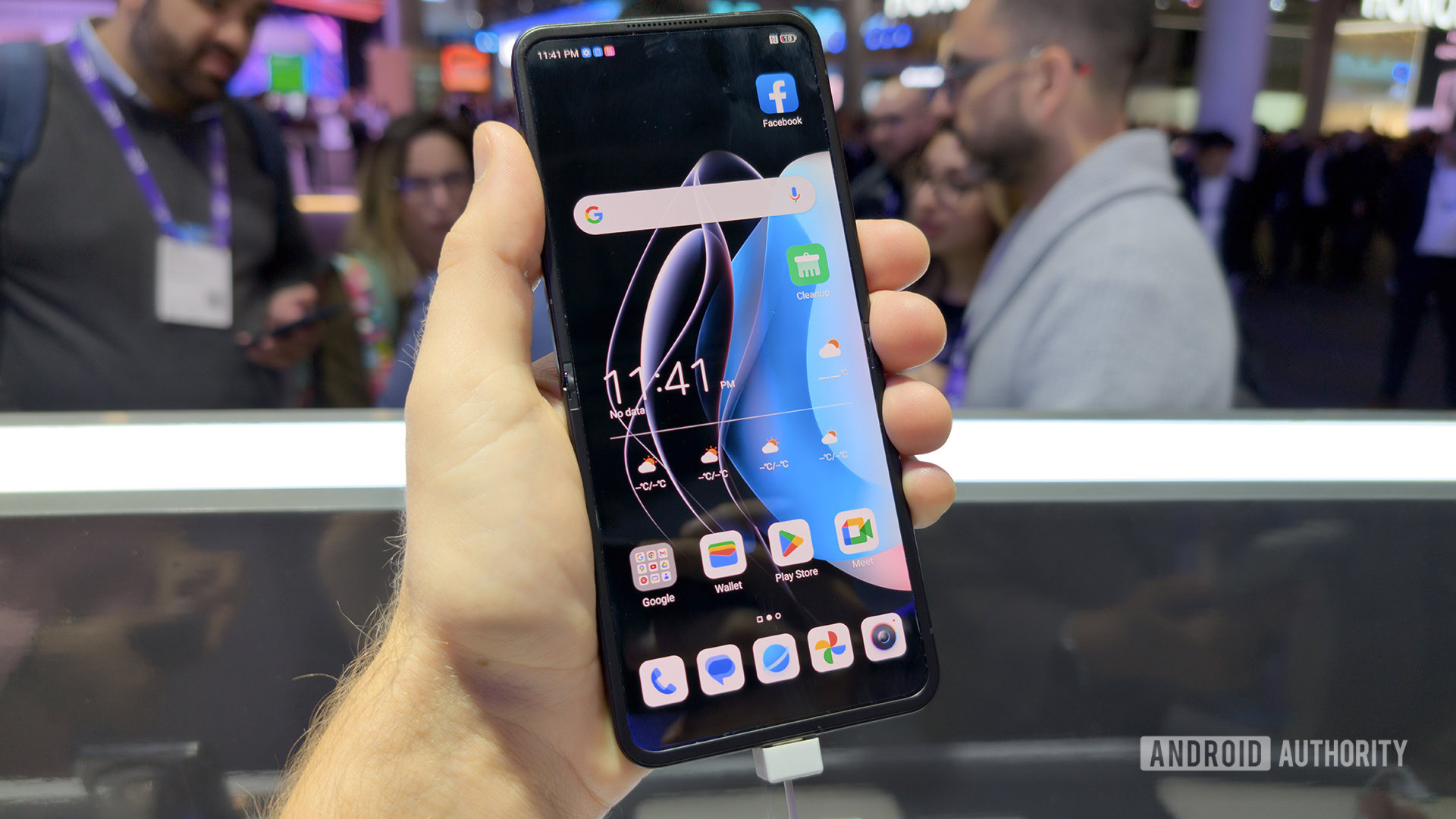
C. Scott Brown / Android Authority
That’s just the start of the cutbacks; foldables also seem to sacrifice features you might take for granted on premium foldable phones.
None of these foldables are listed with ultra-thin glass (UTG). This tech improves a folding screen’s scratch resistance and overall durability. That’s not a sacrifice you want to make on a foldable phone.
Cheaper foldables refuse to talk glass protection and hinge durability. A worrying sign.
Some of these devices also have relatively small cover screens compared to the Motorola RAZR Plus and Samsung Galaxy Z Flip 5. That’s not a huge deal, but it does mean the cover display is of limited utility.
I’ve also noticed that none of these brands talk about the durability of their folding screens. By contrast, Samsung says its foldables are rated for 200,000 folds and unfolds. Motorola says its 2023 foldables are rated for 400,000 folds and unfolds.
Cheap foldable phones are also a gamble when it comes to the hinge gap. Some leave a significant gap between the folded halves of the display when closed. That doesn’t seem like a big deal, but this gap opens the folding screen to damage from debris in your pocket or bag. It’s a problem Samsung has only recently addressed with the Galaxy Z Flip 5, while its previous devices (seen below) still have a bigger gap.
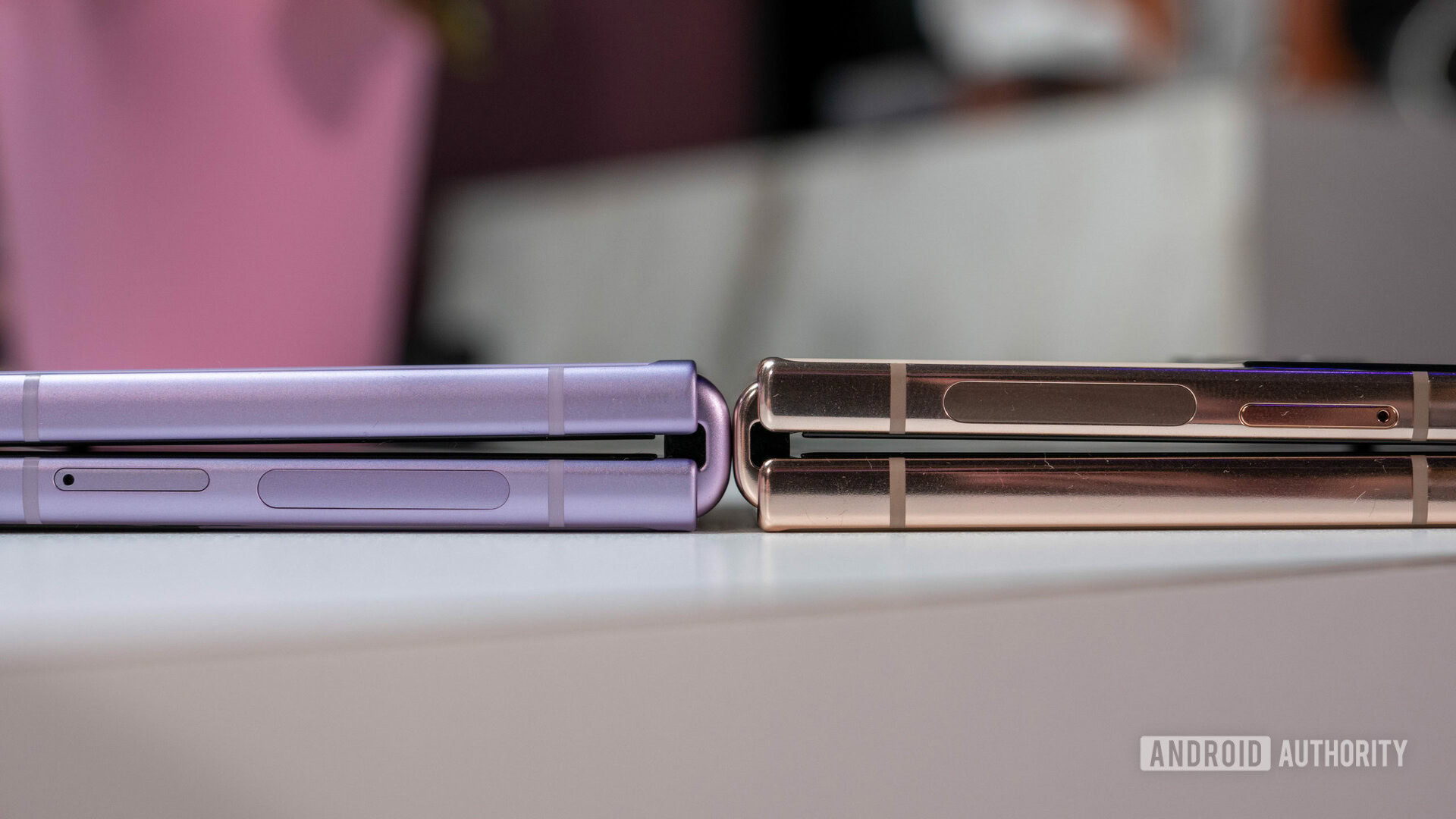
Kris Carlon / Android Authority
Galaxy Z Flip 3 (L) vs Galaxy Z Flip 4 (R)
It’s also worth noting that display creases seem to vary wildly, depending on the device. We thought that the Nubia Flip 5G had a very prominent crease. Sure, the pricey Galaxy Z Flip 5 has a noticeable crinkle too, but phones like the Motorola Razr 2023 have a minimal crease.
Another thing worth keeping in mind is the fact that major brands like Samsung have free or discounted screen repairs. That should give you some peace of mind compared to buying a cheap foldable from a Doogee or BlackView.
And then there are the software sacrifices

Adamya Sharma / Android Authority
As important as the hardware is, you’ll also lose a lot on the software front if you opt for these cheap foldables.
Perhaps the biggest issue is that none of these brands have a publicly stated software update policy for their phones, never mind their foldable devices. That means there’s no guarantee that one of these cheap foldables will get software updates six months from now, never mind two years down the line. It’s not a trivial matter for a complex form factor like this.
You’ll also likely get fewer foldable-specific features on these new cheap foldable phones. After all, these are the first foldables for all of these brands. So they’ll need to lean heavily on AOSP for most foldable-related features. By comparison, Samsung, OPPO, and other brands have been making foldables for a few years now and have developed plenty of in-house features to take advantage of the form factor.
Should you actually buy these devices?
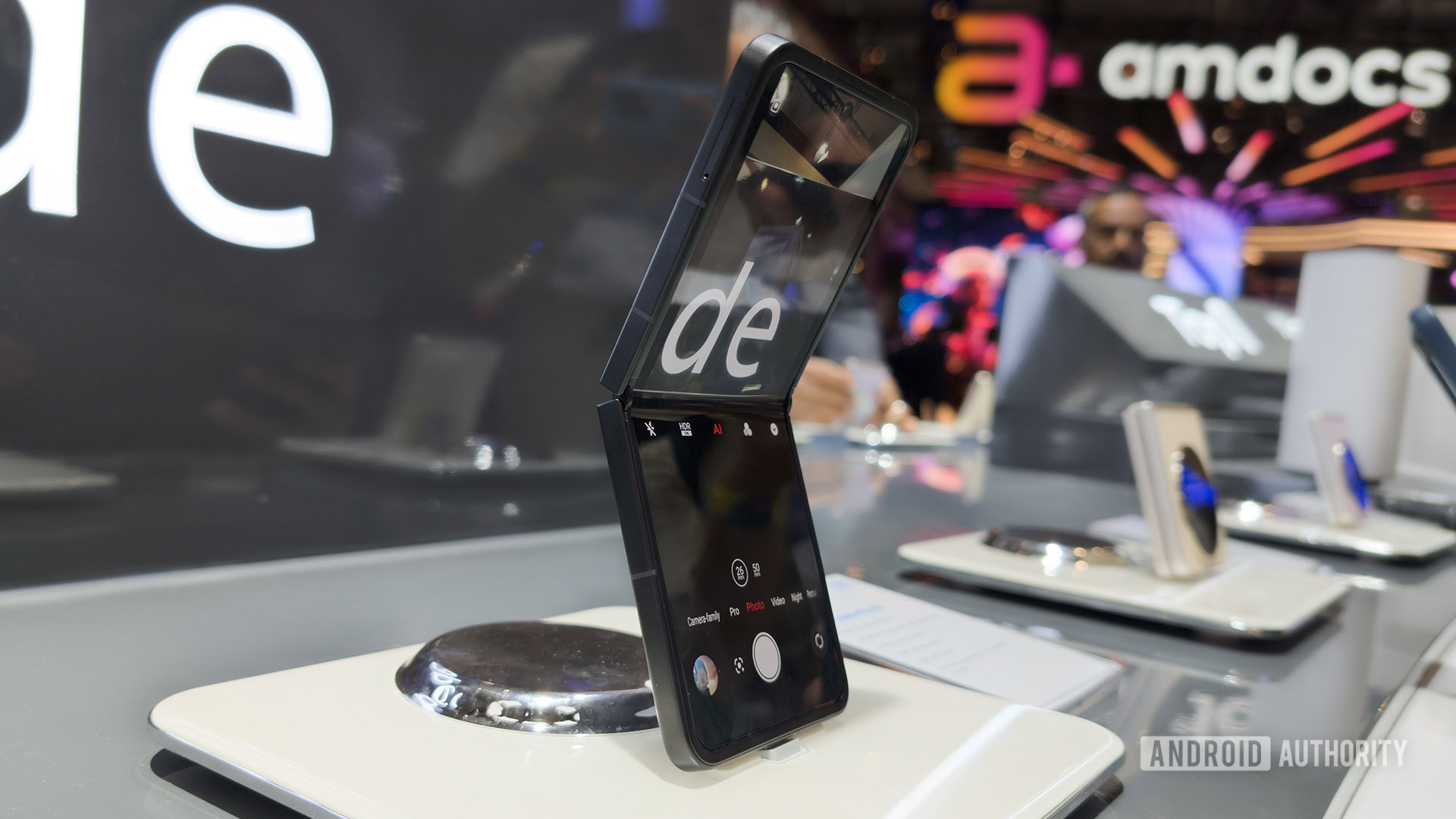
C. Scott Brown / Android Authority
The fact that small phone manufacturers are showing off cheap foldable phones is a pretty interesting development in 2024. But you should definitely steer clear of most of them.
There’s no guarantee that most of these foldable phones will actually end up on store shelves. One example of this is Energizer’s Ultimate U660S, which is slated for a November release. However, the company behind this brand has showcased phones at expos before and then failed to actually release them. The sole exception is perhaps the Nubia Flip, which comes from a larger, reputable brand and is based on a phone that’s already available in Japan.
Would you buy a cheap (~$500) foldable phone?
11 votes
Then there are the compromises mentioned above. Slower chipsets, smaller cover screens, and less RAM/storage are expected and understandable, but these handsets also seem to lack the durability of more premium foldables. And you definitely won’t receive software updates for long (if at all) with most of these handsets.
Don’t get me wrong. I’m not saying you shouldn’t buy a cheap foldable phone in 2024. But you should definitely stay away from small brands that can’t even guarantee an update, let alone durability.

